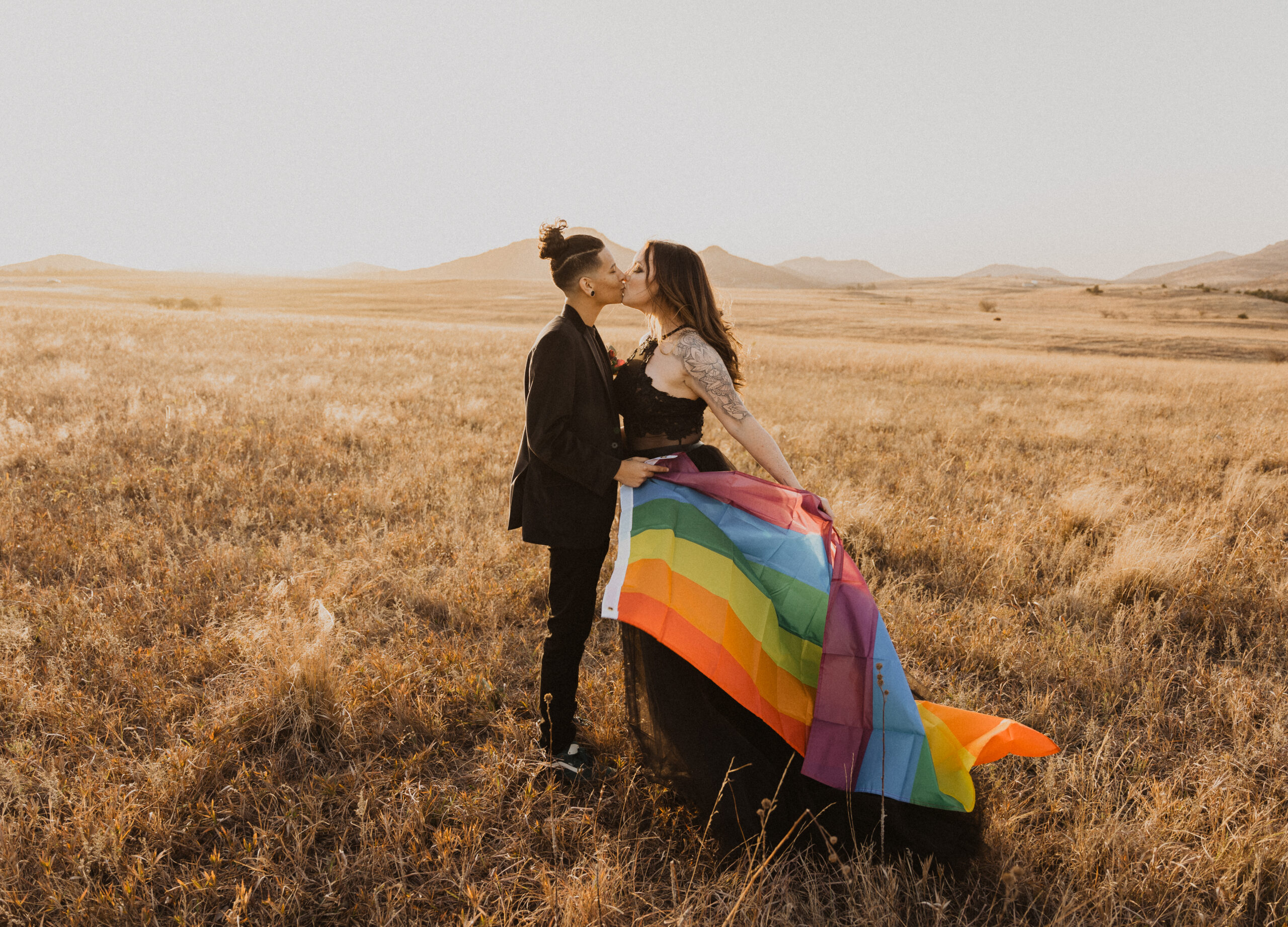It’s pride month y’all – so let’s talk about it:

How to be an Inclusive Photographer
First, let’s define who is included in the LGBTQIA+ community. This community encompasses lesbian, gay, bisexual, transgender, queer, intersex, asexual individuals, two-spirited individuals, and people who identify with multiple labels. The plus symbol includes those who don’t identify with a label, identify with another label, or are questioning their gender/sexuality.
Inclusive Language
There are many common terms we use as photographers that can actually be exclusive to the LGBTQIA+ community. Photographers should avoid exclusive language such as “bride and groom,” “husband and wife,” and “Mr. and Mrs.” on their website and social media to be more inclusive of same-gender and non-binary couples.
Alternative phrases can be: partners, significant others, the couple, spouses to be, wedding shower, wedding gown or attire, newlyweds, etc.
It’s always best to ask your couples about their preferences regarding certain terms. Don’t hesitate to ask a genuine question.
I would recommend veering away from the use of “queer” in your initial meetings.
Throughout history, the term “queer” has been used in derogatory ways. While some members of the LGBTQIA+ community use it as an identifier, others do not prefer it. If you are not part of the community, use the acronym to refer to its members.
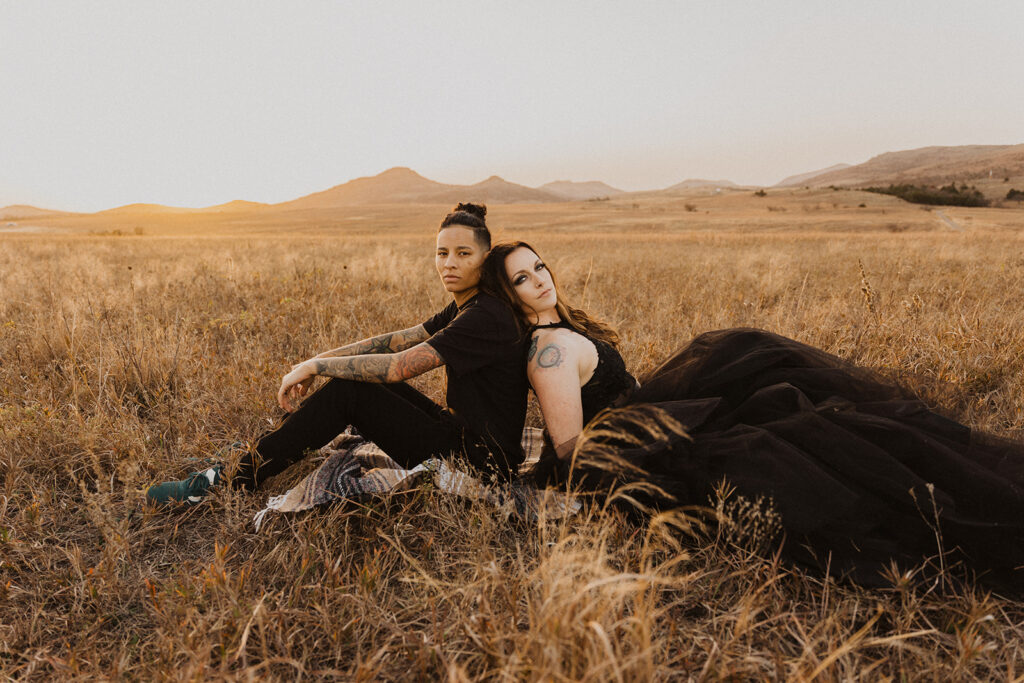
Client Communication
Inclusive language should continue throughout the entire process.
Triple check forms to adjust per client/couple to ensure they feel safe and comfortable.
Look at how your guides describe different parts of the wedding day or experience.
For example: bridal suites, bridesmaids, groomsmen, groom suite. Unless your couple refers to them as such.
This is especially important if you have inclusive language or statements on your site because it can break trust in the photographer/client relationship to have exclusionary phrases or terms.
Avoid making assumptions.
Examples: Bi-sexual or pansexual dating someone of the opposite sex could present as “straight” but their sexuality should be recognized per their preference. Transgender dating someone of the opposite sex, asexual individuals dating someone of the opposite gender.
Avoid invasive or insensitive questions.
Create a safe place where they feel comfortable discussing events of their day/shoot with you.
When photographing LGBTQIA+ individuals or couples, treat them equally without defining them by their personal identity characteristics. While you may be excited, they are not defined by being a part of the LGBTQIA+ community. This can cause people to feel separated, excluded, and viewed as not being treated equally.
When you make a mistake, apologize, correct the error, thank the person who pointed it out, learn from it, commit to doing better, and move on.
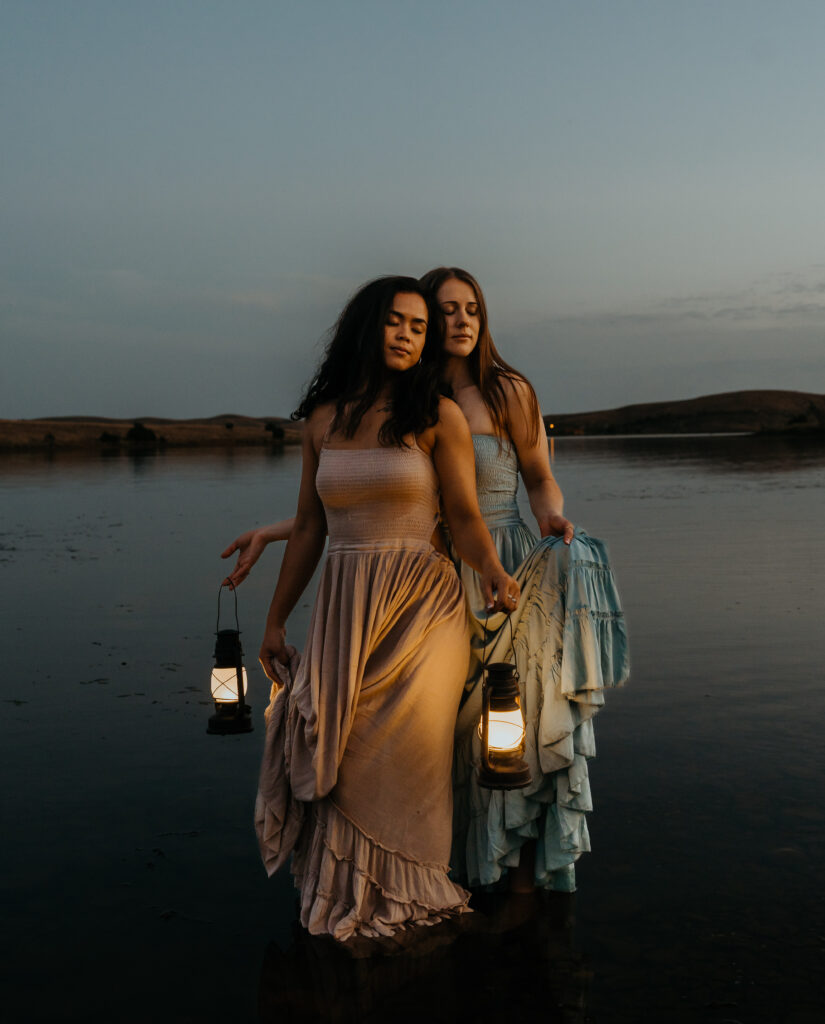
Posing
Try to limit ‘masculine posing’ or ‘feminine posing.’
Allow your clients to guide the direction of their poses.
If the situation is difficult for you or your clients, try providing prompts that guide their natural interactions. Rather than instructing the more “masculine” person to hold the more “feminine” presenting person, ask them to hold each other and observe their natural interactions.
It is important to note that some LGBTQIA+ individuals might be more nervous or shy in front of the camera than others.
Some who identify as asexual or aromantic might feel less comfortable with physical affection during a shoot.
Do not press for family photos and recognize that some individuals might not have a fully supportive family.

Portfolio Inclusion
Inclusivity goes beyond words. Show diversity in your portfolio, website, and social media.
If you have never photographed a couple from the LGBTQIA+ community, I recommend styled shoots.
Anytime you are scheduling styled shoots, I recommend compensating the couples.
Non-traditional
Recognize that not all members of the LGBTQIA+ community are part of a couple.
Polyamorous and ethically non-monogamous (ENM) people are a part of LGBTQIA+ community and receive little recognition.
Marriage is not legally recognized between more than one individual; however, many will still want a commitment ceremony.
If possible, representing these relationships in your portfolio will also be impactful.
Assist in Planning
If you offer vendor or venue recommendations, make sure they are all allies of LGBTQIA+ individuals and couples.
Couples can often get discouraged when performing searches for allied vendors.
Location scouting can be a matter of safety, as well as recognition.
Some popular destination wedding locations, such as certain areas in Mexico and Italy, do not recognize same-gender marriage. For more information regarding Italy Elopements visit: https://brookelewisphotography.com/eloping-in-italy/
If you are unavailable for a couple’s day, give referrals for LGBTQIA+ allied photographers or photographers that are a part of the community themselves.
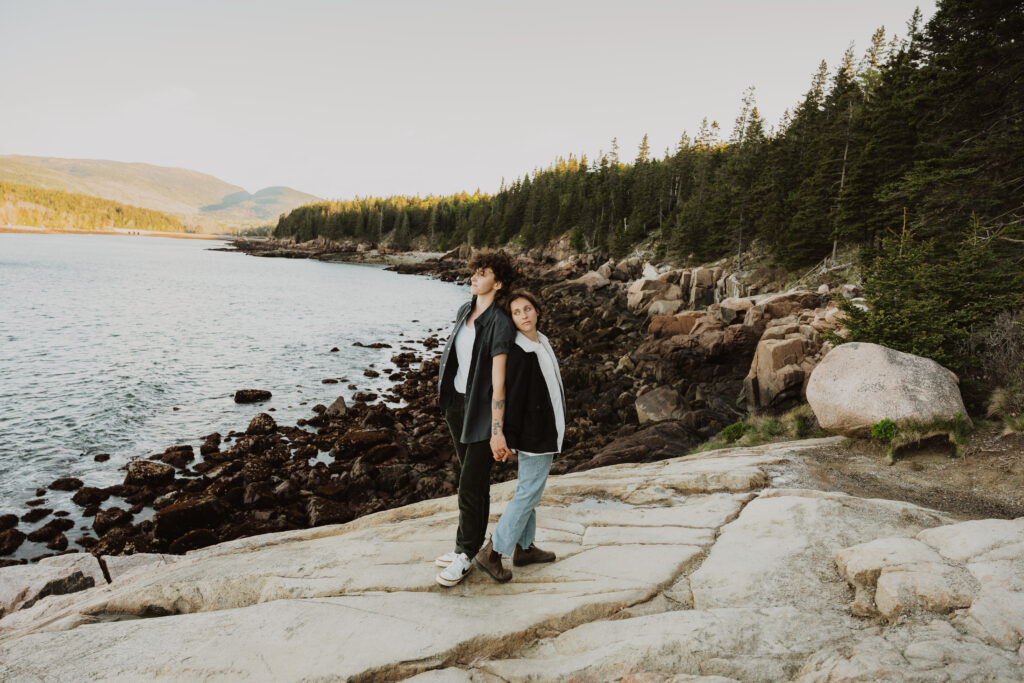
Posting
Before you post, confirm with your couples that it is okay you publicly share their images.
This should be done with all couples.
Some LGBTQIA+ individuals may get married without telling anyone due to negative experiences in their lives, family members unaware of their sexual orientation, etc.
Some may only want their photos shared on your website, versus social media as this is more accessible in today’s world.
Some may only want photos where they are not easily recognizable.
In this case you can share images with them before hand for approval.
Some may not want more intimate photos or photos with physical affection shared.
Again, you can reach out for approval before posting.
Remember to place your own expectations and disappointment aside. Their safety and comfort come first.
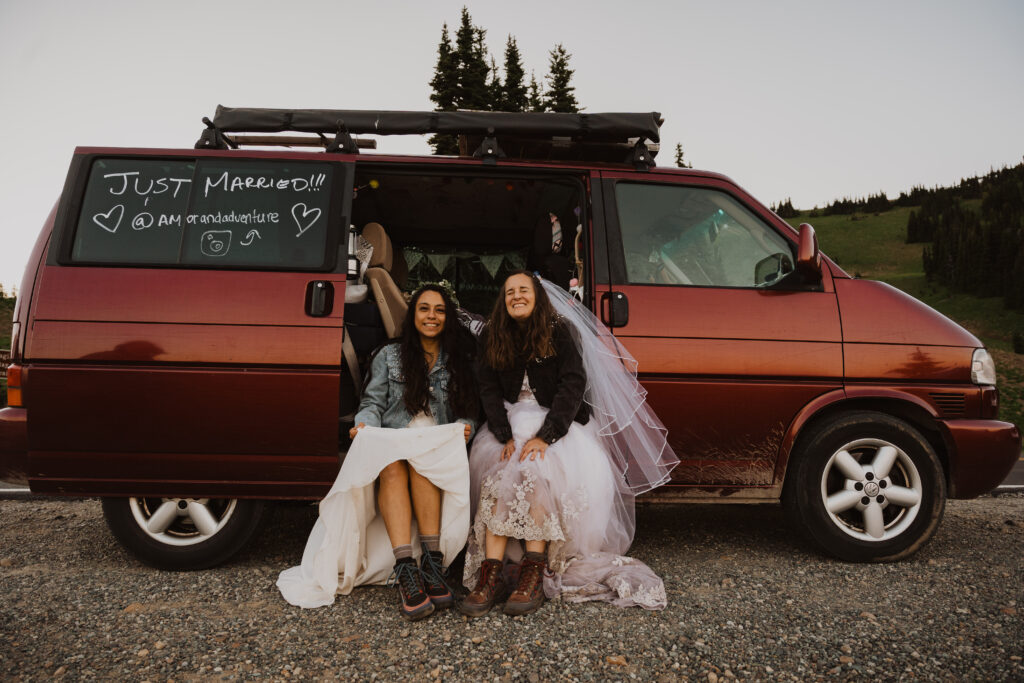
Conclusion
Re-evaluate the language you use on your marketing platforms or in your client communication.
Adjust how you pose couples.
Approach all couples equally.
Represent LGBTQIA+ individuals and couples in your portfolio.
Recognize that not all members of the LGBTQIA+ are monogamous or part of a “couple”.
Research any destination location, vendor, venue, or referral you share with the clients.
Ensure you have proper permission and are not going to accidentally out anyone.
Do not emphasize couples being a part of the LGBTQIA+ community.
When in doubt ask pronouns, ask questions in general for clarification and If you mess up a pronoun, IT’S OKAY! Apologize and move along.
